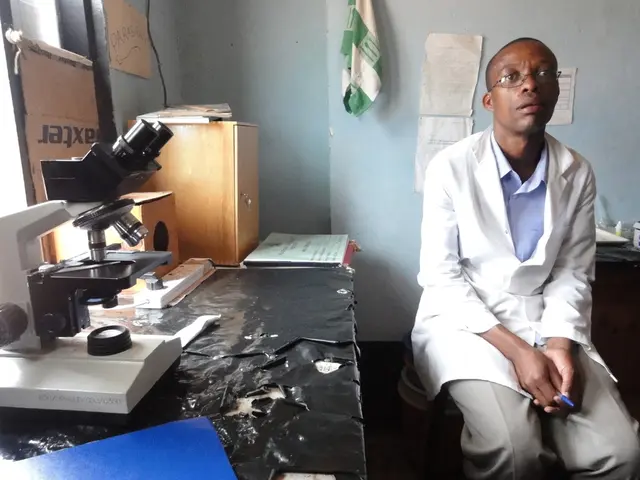Exploring the 7 Love Languages: Aid in Recovery from Childhood Upheaval
In the early '90s, Dr. Gary Chapman introduced the concept of love languages, suggesting that everyone has unique ways of expressing and experiencing love. Originally, the love languages were Words of Affirmation, Acts of Service, Receiving Gifts, Quality Time, and Physical Touch. Later, two more love languages were added: Shared Experiences and Deep Conversations.
Understanding one's own love language can provide valuable insights, helping individuals understand how they express and feel love. For trauma survivors, identifying their love language can be particularly beneficial, as trauma often distorts how individuals understand, give, and receive love.
Childhood trauma can make it difficult for survivors to identify what emotional support truly feels sustaining or trustworthy. As a result, trauma survivors may mix care with control or confuse chaotic interactions for passion, complicating their ability to develop secure relationships later in life. Rediscovering one’s own love language can provide crucial insight, helping survivors understand their needs and improve emotional connection.
In trauma recovery, especially with spiritual or trauma-informed relationships, love languages become a tool for repairing a bruised sense of self-worth and healing emotional wounds. Consistent, unconditional, and respectful acts aligned with love languages challenge old patterns and reaffirm a survivor’s value beyond their trauma. This requires patience, honest communication, and steady, nurturing gestures that feel safe and reliable, moving from chaotic or harmful habits to stable, supportive bonding.
Trauma survivors, particularly those dealing with mental health conditions like anxiety or depression, may experience changes in how they receive love. Sometimes, these changes are linked to medication effects or emotional regulation challenges. Trauma-informed approaches to love languages emphasize safety, boundaries, and flexibility to accommodate evolving emotional needs, supporting connection without dependence or misunderstanding.
Moreover, understanding love languages alongside trauma “languages” (which communicate deep fears and protective responses shaped by trauma) offers a fuller view of emotional needs. Successful emotional connection respects both what a person wants (love languages) and what they fear or avoid (trauma languages), fostering authentic healing and deeper intimacy.
Miscommunication can occur when interpreting love languages, but active listening can help clarify interpretations. Recognizing the love languages of those around you opens up new channels of understanding and care. Communicating one’s chosen love language to partners, friends, or family is essential for true connection. Acts of service or touch, when given mindfully, can rekindle a sense of safety and solace during trauma recovery.
Regularly revisiting one's love languages ensures everyone is still speaking on the same page. Incorporating love languages into daily life can help tie hearts together, making the love tangible. Love languages can aid in trauma recovery by addressing the needs that trauma disrupts, such as rebuilding trust and enhancing emotional intimacy. Quality conversation and undivided attention can stitch together bonds that trauma might have unraveled during recovery.
Trauma may make vulnerability difficult, but gradual exposure can help survivors venture into vulnerability, fostering deeper emotional connections and healing. Love languages, when understood and practiced with care, can play a significant role in the healing journey of trauma survivors, providing a safe and nurturing language for emotional expression and understanding.
- Trauma survivors, due to distorted understandings caused by trauma, may benefit greatly from identifying their personal love languages, as these can provide valuable insights and aid in rebuilding trust.
- The learning journey of understanding one's love languages intersects with education and self-development, offering a chance to grow emotionally and improve overall mental health.
- In the realm of health-and-wellness, focusing on personal growth and family dynamics, healing relationships can be facilitated by adopting love languages that resonate with each individual's needs.
- Armed with knowledge of love languages, individuals can engage in healthier lifestyle practices, resulting in mental, emotional, and relational well-being.
- As the science of psychology delves deeper into trauma and its impact on human relationships, the concept of love languages continues to provide a vital tool for understanding, nurturing, and healing relationships.




